Le Contre-Ciel
Yuji Agematsu, Francis Alÿs, Paul Chan, Mel Chin, Magalie Comeau, Bruce Conner, Liz Deschenes, Trisha Donnelly, Agustín Fernández, Guo Fengyi, Richard Hawkins, Kong Chun Hei, Leung Kui Ting, Mathieu Malouf, Kazuo Ohno, R.H. Quaytman, Julia Scher, Michael E. Smith, Vunkwan Tam, Tang Kwok-hin, Tom Thayer, Stewart Uoo, Antek Walczak, Wucius Wong, Yu Ji
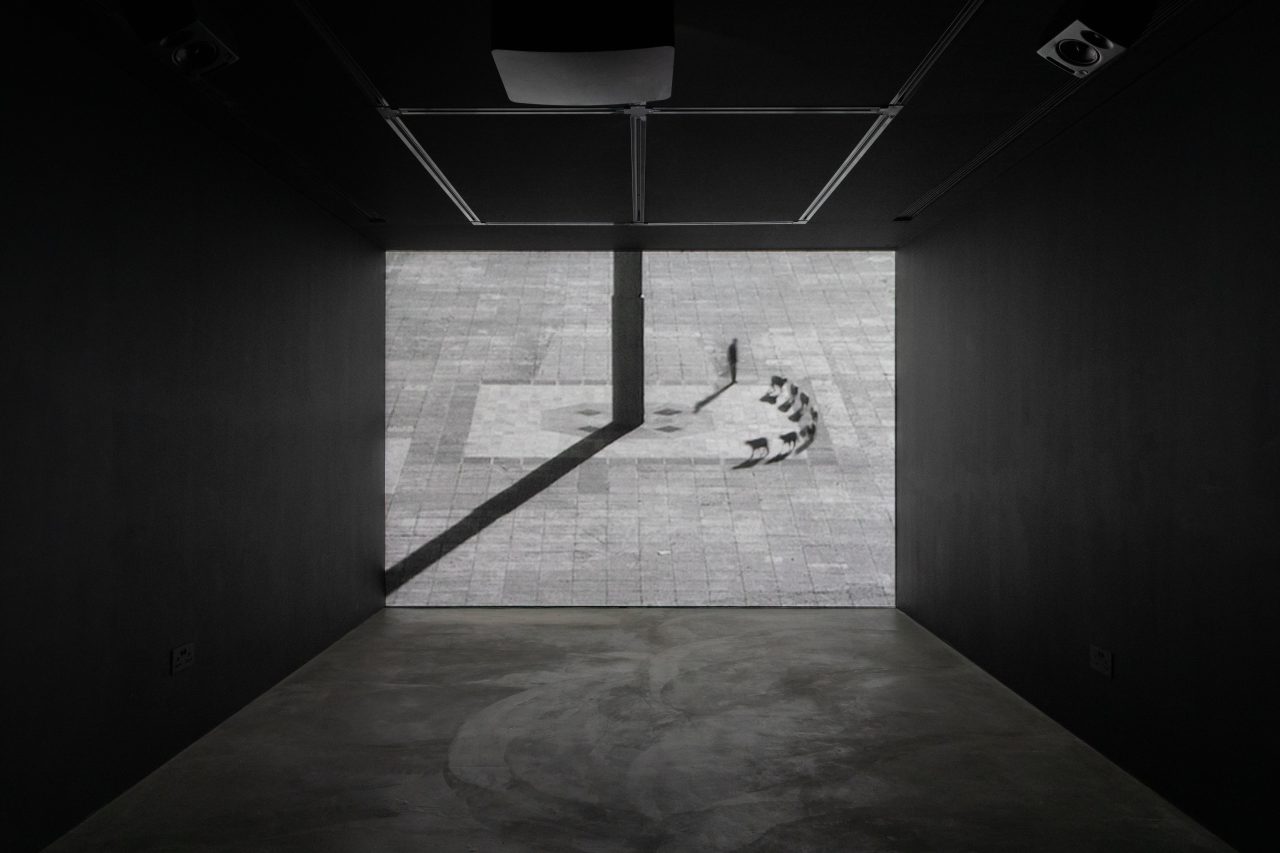
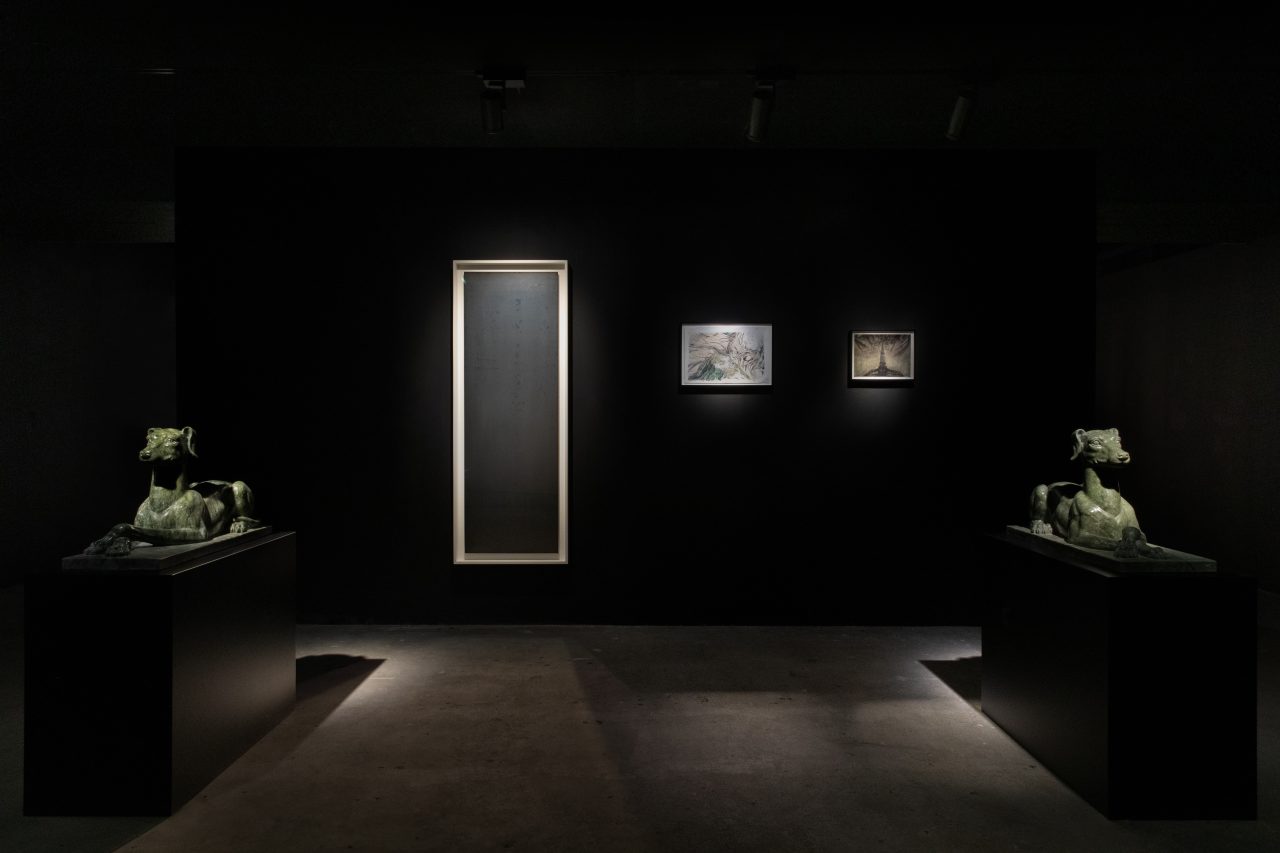
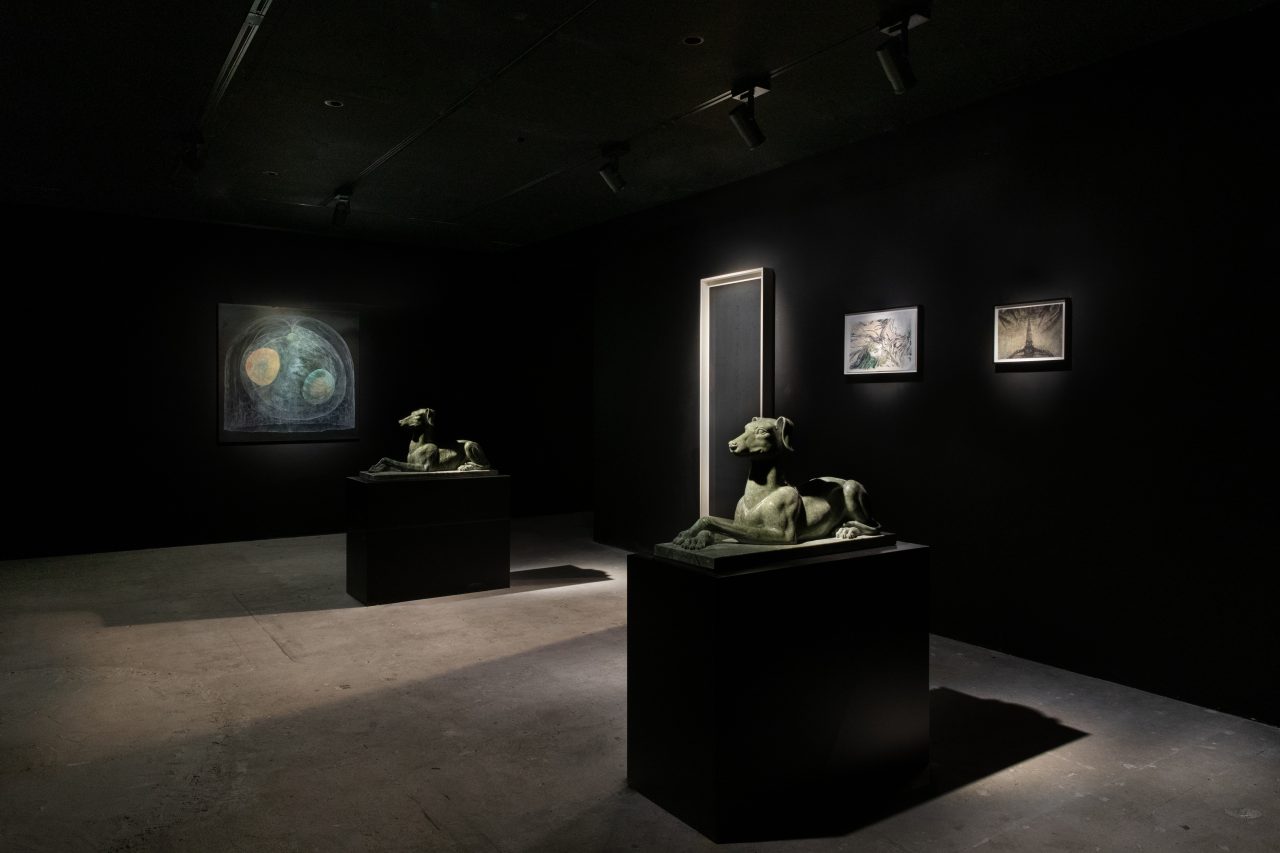
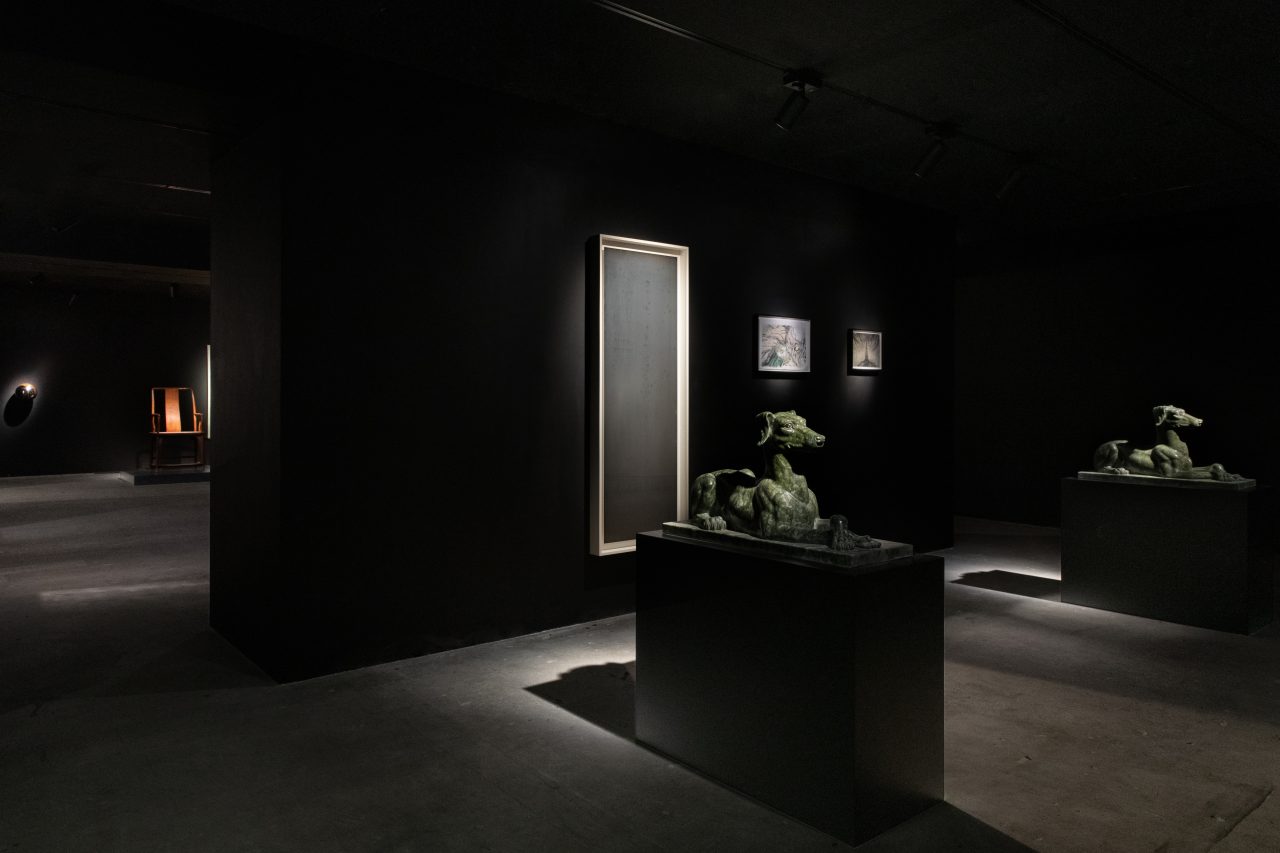
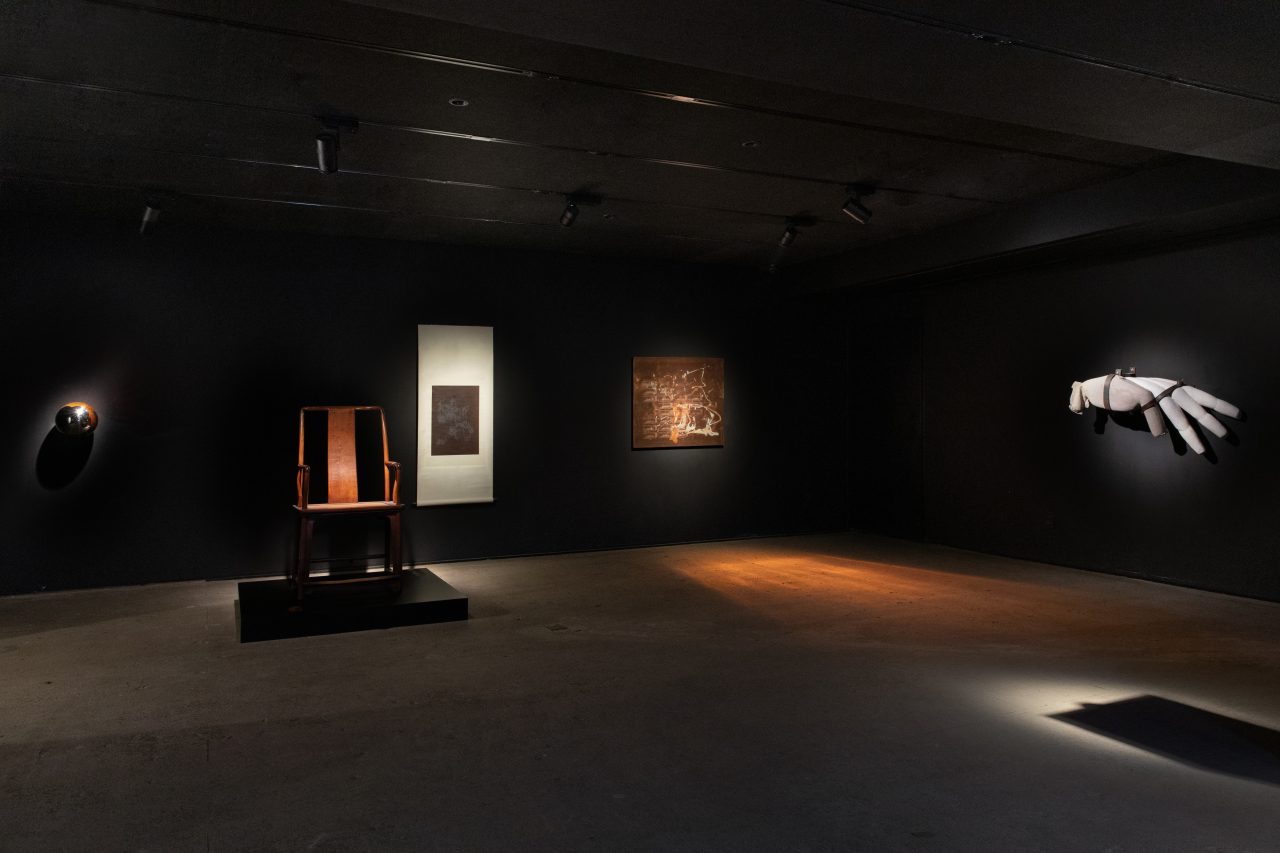
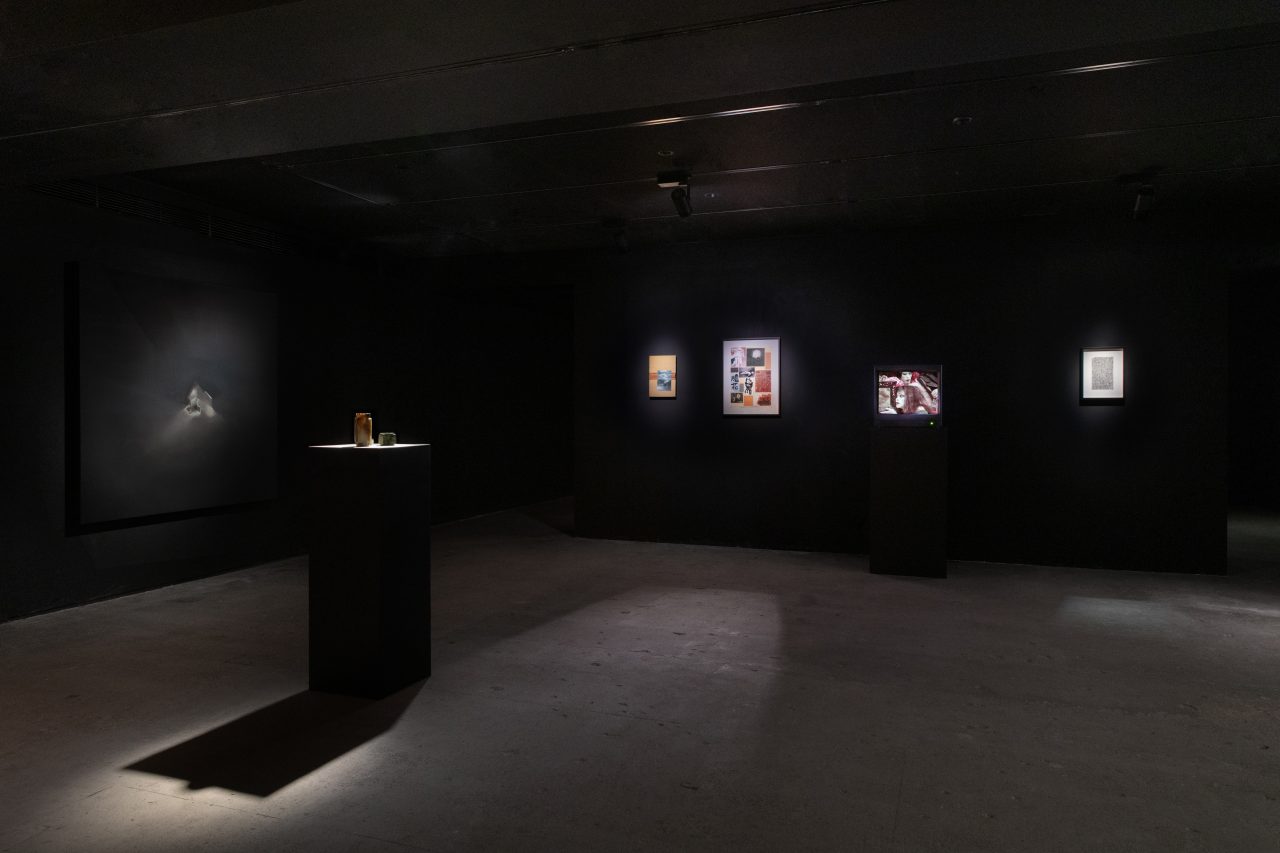
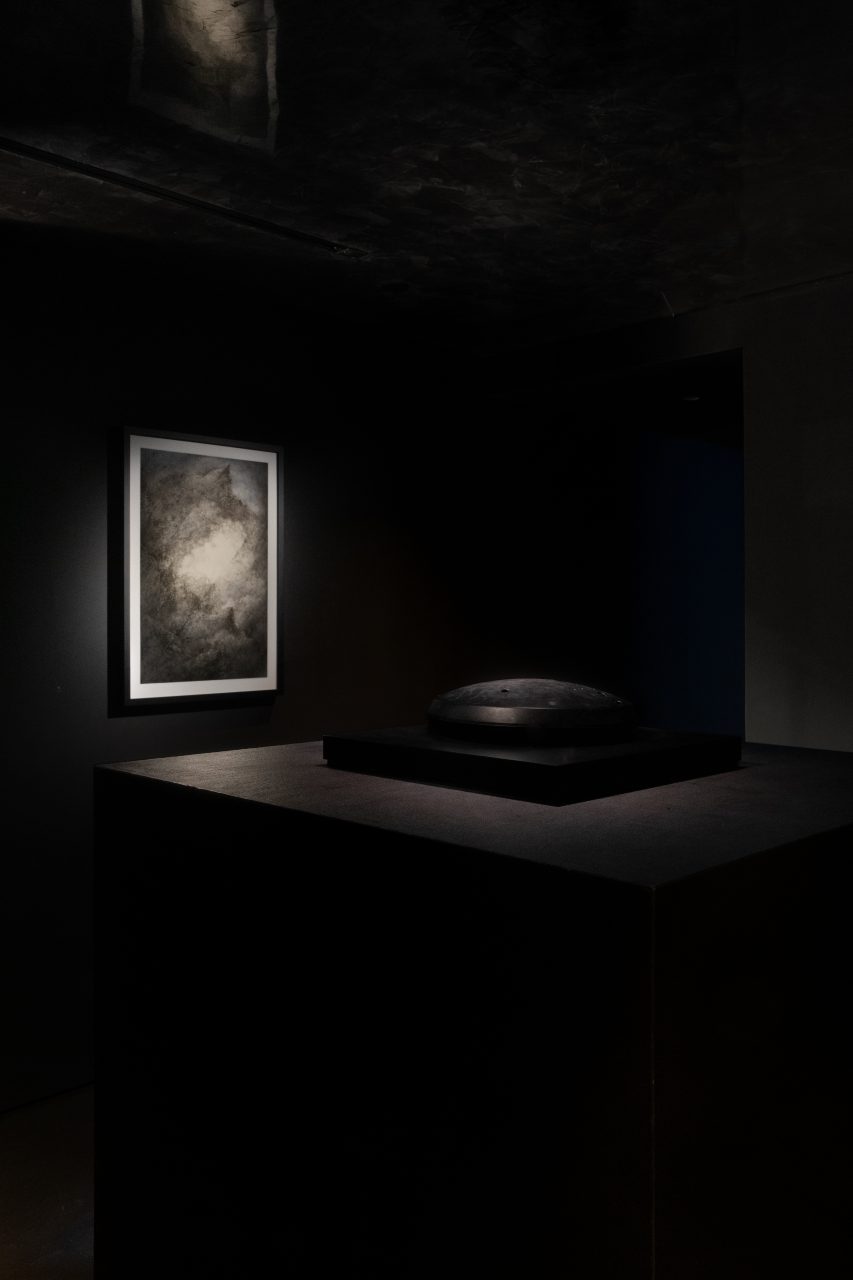
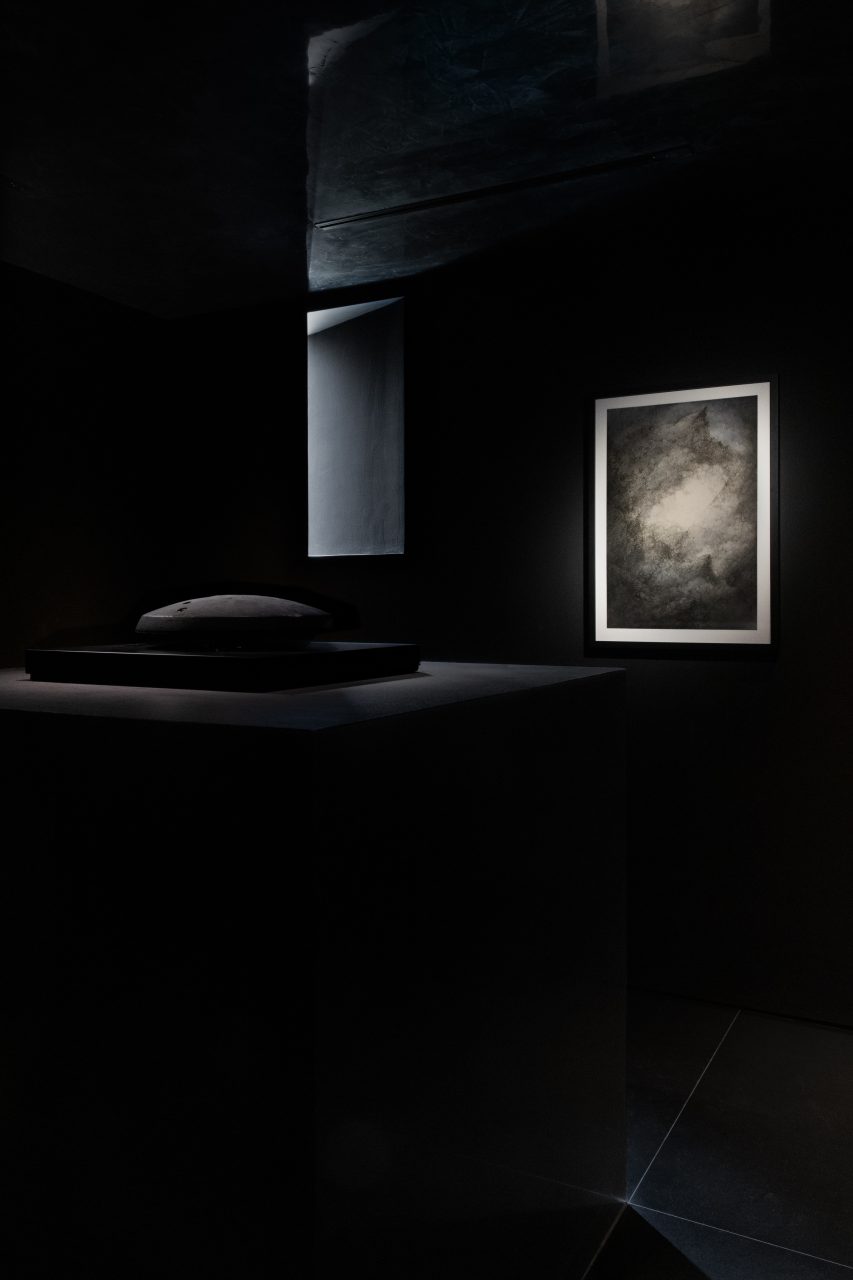
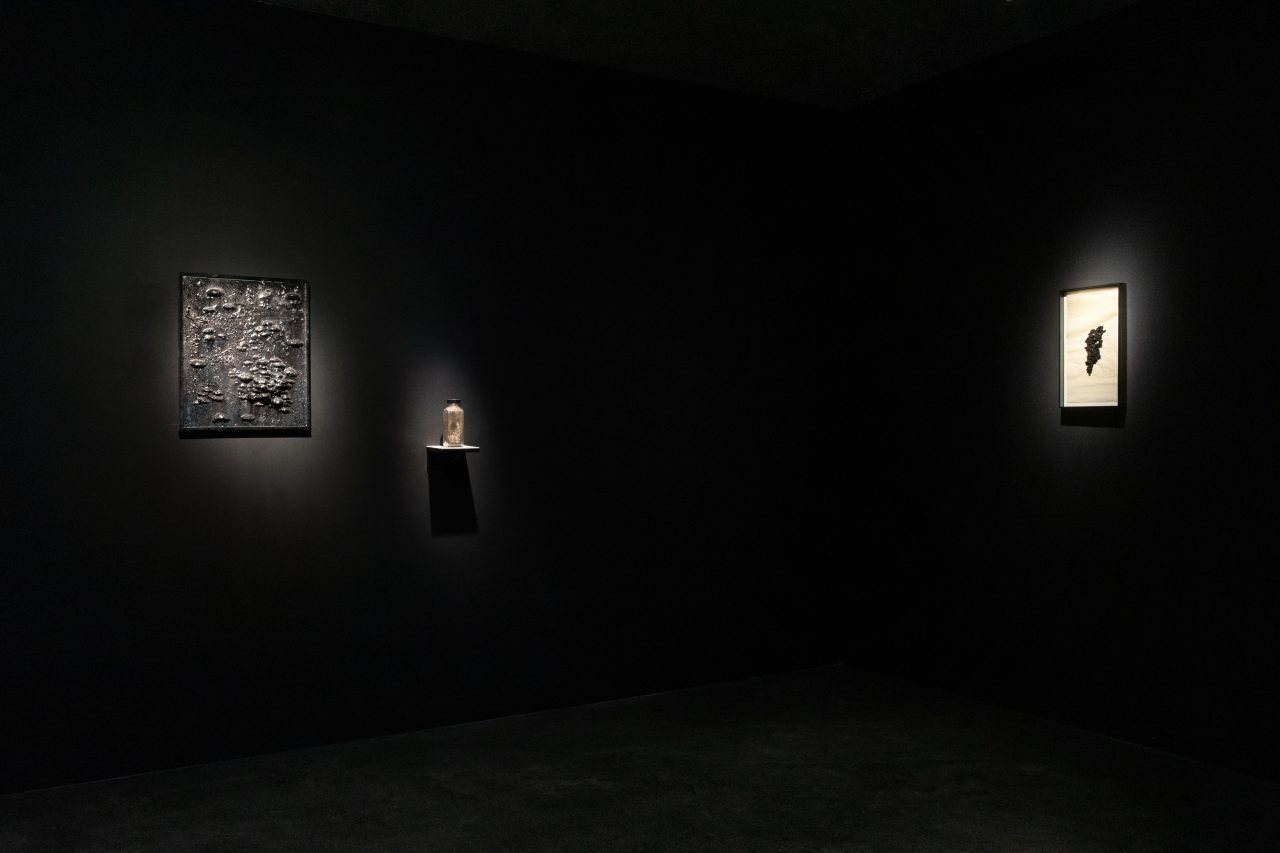

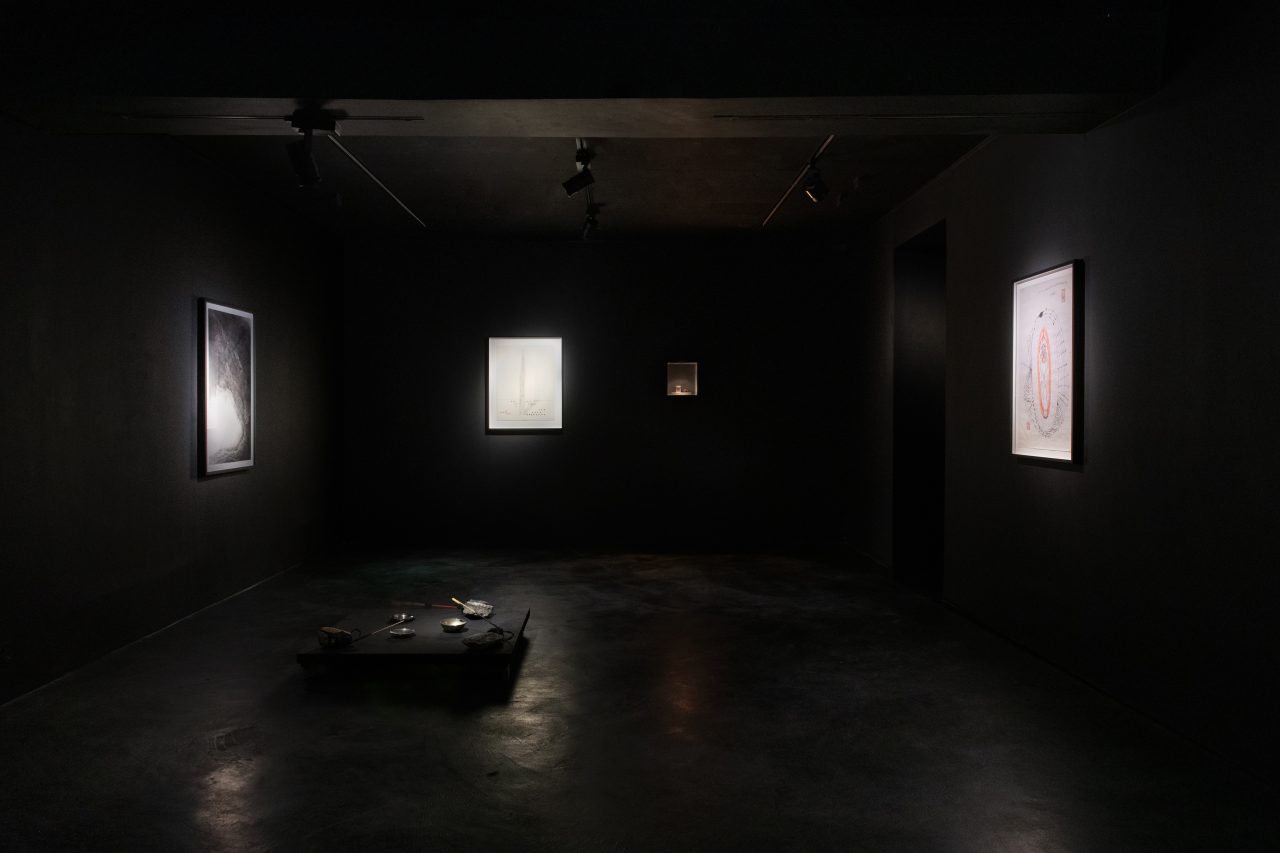
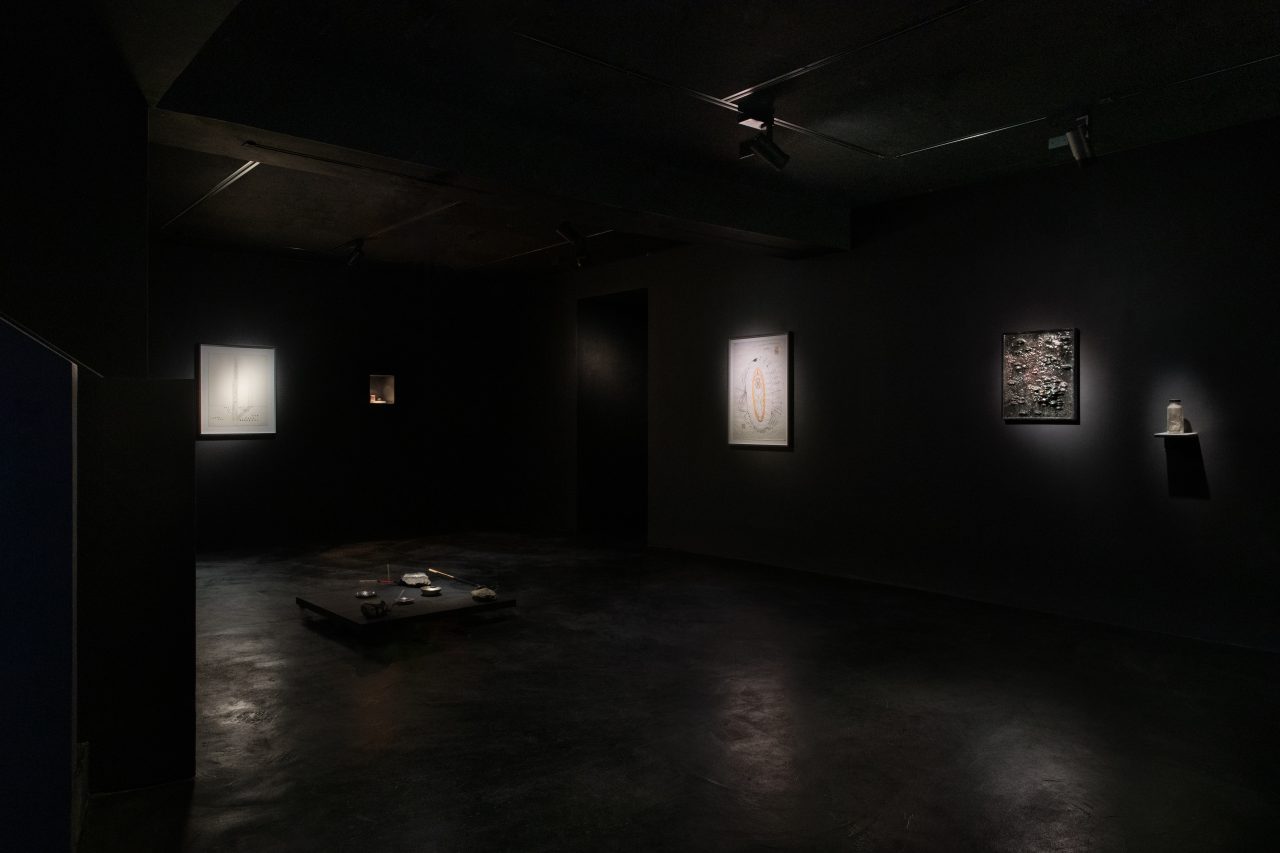
Empty Gallery is pleased to present Le Contre-Ciel, a group exhibition curated by Olivia Shao including works by Paul Chan, Richard Hawkins, Mel Chin, Leung Kui Ting, R.H. Quaytman, Antek Walczak, Michael E. Smith, Julia Scher, Stewart Uoo, Yu Ji, Liz Deschenes, Wucius Wong, Vunkwan Tam, Francis Alys, Tang Kwok Hin, Mathieu Malouf, Yuji Agematsu, Tom Thayer, Kong Chun Hei, Magalie Comeau, Guo Fengyi, and Kazuo Ohno.
Inspired by a collection of writings by René Daumal, Le Contre-Ciel translates to “Against The Heavens” or “The Counter Heaven”. In these early poems, Daumal performs an inversion of symbolic conventions, positioning the sun and sky not as traditional bringers of vitality, order, and awareness, but as tyrannical elemental forces which obstruct the passage to metaphysical truth. The sun enacts a kind of originary violence on the living through its very properties of revealing and form-giving—its premature solidification of the generative flux of being. Instead praising states of blindness, sleep, and bewilderment, Daumal proposes a counter-poetics in which the liberation from false sovereignty can be found only within the undifferentiated realm of darkness—a refuge from the regime of fixed forms, stable identity, and enforced visibility. Shao’s title also calls to mind the contested notion of Tian [天] within Chinese philosophy as well as the so-called “mandate of heaven”.
Le Contre-Ciel touches on all of these themes, bringing together an iconoclastic selection of pieces from ancient Neolithic objects to contemporary artworks and modern ink paintings. The show stages a singular encounter between these artworks and the economic, cultural, and political circumstances of Hong Kong—treating them not as static objects but as animated palimpsests, at once determined by the historical and material circumstances of their own creation, whilst also being open to a kind of prismatic contextual re-reading. Some artworks—Tom Thayer’s sentient stones, Julia Scher’s guardian dogs—are endowed with unexpected resonances when read through the rich symbolic index of literati culture. Others, such as the self-reflexive photograms of Liz Deschenes and the meditative ink paintings of Wucius Wong, are brought together through a sympathetic relationship to material contingency, quasi-ritualistic practice, and reflexive contemplation. Shao finds in these diverse practices a shared approach to art-making predicated on a profound embrace of chance, the ceaseless play between disappearance and emergence, and the mediation of reality through the minimal gesture.
Resolutely cosmopolitan in its approach to cultural difference, Le Contre-Ciel proposes a speculative re-inscription of the place of traditional Chinese aesthetics within modern art history, while also challenging its historical and contemporary entanglement with power.
Press:
Ophelia Lai, ‘Le Contre-Ciel’: Overcoming Ego-Driven Delusion, Art Review, July 4, 2024
Stephanie Bailey, ‘Le Contre-Ciel’ Offers Refuge From the Regime of Fixed Forms, Frieze, May 22, 2024
Di Liu, “Le Contre-Ciel” at Empty Gallery, Spike, May 16, 2024
Xinyi Ye, Resisting Order and Power in “Le Contre-Ciel”, ArtAsiaPacific, May 16, 2024
Jiaxun Lin, “Le-Contre Ciel”, ArtReview China, Summer 2024